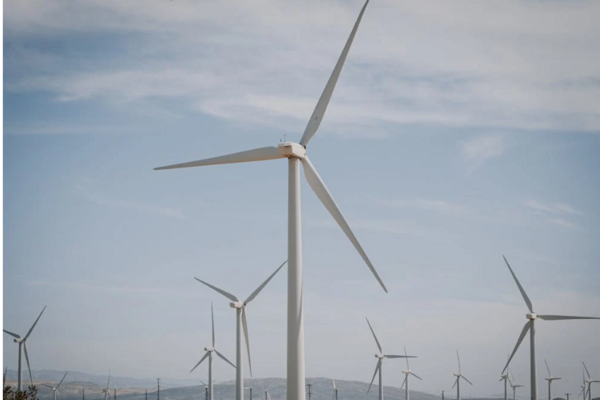Japan’s total installed wind power capacity reached 5,840.4 megawatts (MW) by the end of December 2024, according to the Japan Wind Power Association (JWPA). This includes 2,720 wind turbine units operating across the country.
In 2024, Japan added 703.3 MW of new wind power. This came from 170 new wind turbines installed at 23 wind farms. The increase contributes to the country’s overall renewable energy generation.
Offshore wind power is growing, with the Ishikari Bay New Port Offshore Wind Farm beginning operations in 2024. It follows the Akita Port Offshore Wind Farm and the Nyuzen Offshore Wind Power Farm, which started operations in 2023. By the end of 2024, Japan had seven full-scale offshore wind farms. Of these, five use fixed-bottom foundations, while two are floating wind farms.
Hokkaido recorded the highest increase in wind power capacity among Japan’s regions, adding approximately 455 MW compared to the previous year. The area continues to develop new projects due to strong wind conditions.
In addition to large-scale wind farms, Japan is working on smaller renewable energy projects. Several municipalities are introducing community-based wind farms. These projects involve smaller turbines designed to provide local energy supply. Some agricultural regions are integrating wind power with farming operations to reduce reliance on traditional energy sources.
Japan is also testing hybrid renewable energy systems. Some coastal areas are using floating wind turbines combined with wave energy converters. Research is ongoing to explore how these hybrid systems can improve energy efficiency.
There is also an effort to install wind turbines in remote areas to support disaster resilience. Some projects aim to provide backup power in case of grid failures. Wind energy is being combined with battery storage systems in some locations to ensure stable electricity supply.

